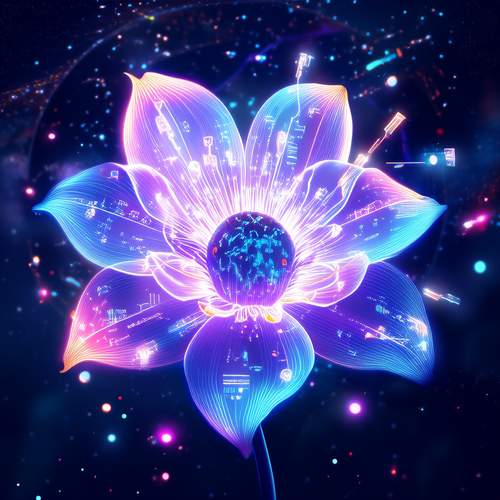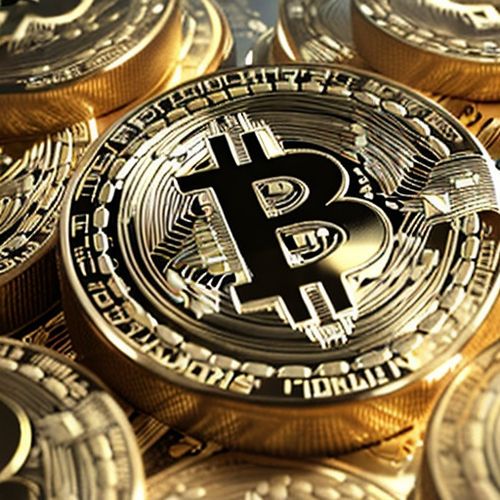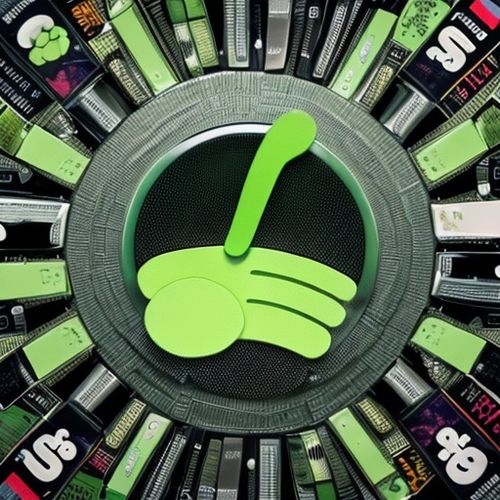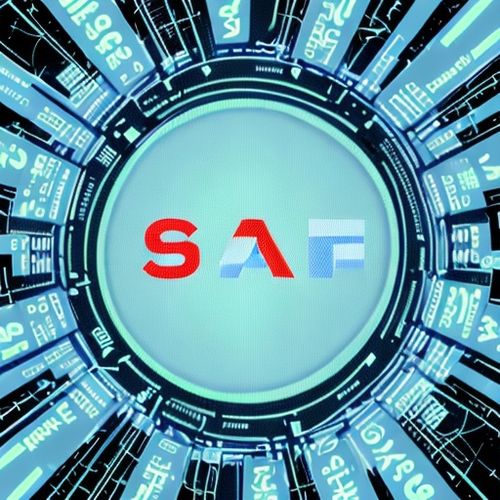The intersection of technology and nature has always been a fascinating space for innovation, but few could have predicted the rise of flower NFTs—digital blossoms that never wilt. These blockchain-based tokens are redefining how we perceive ownership, artistry, and even the fleeting beauty of flora. Unlike traditional bouquets that fade within weeks, these digital flowers exist indefinitely, preserved on decentralized ledgers where their colors remain as vibrant as the day they were minted.
At first glance, the idea of immortalizing flowers on the blockchain might seem whimsical, but the implications run deep. Artists and collectors alike are drawn to the concept, not just for its novelty, but for the way it challenges our relationship with impermanence. A rose, for instance, has long been a symbol of love and transience. Now, it can also represent endurance—a paradox made possible by the immutable nature of blockchain technology. The emotional resonance of these tokens is undeniable, blending nostalgia with cutting-edge innovation.
The process of creating a flower NFT is as intricate as cultivating a real garden. Digital artists employ 3D modeling, generative algorithms, and even AI to design petals, stems, and leaves that mimic organic growth patterns. Some collections feature hyper-realistic renders, while others embrace abstraction, transforming flowers into surreal, otherworldly forms. Each piece is then tokenized, often with embedded metadata that details its rarity, provenance, or even poetic descriptions penned by the creator. The result is a fusion of horticultural inspiration and cryptographic precision.
What sets these NFTs apart from other digital art is their potential for interactivity. Imagine a virtual bouquet that responds to the seasons, shifting hues with the solstices, or a lily that blooms only when its owner achieves a milestone tracked via smart contract. Such dynamic features are already being explored, pushing the boundaries of what a "flower" can be. This isn’t mere static art—it’s a living, evolving experience anchored in code.
Critics, of course, question the environmental impact of blockchain transactions, a valid concern given the energy-intensive nature of some networks. However, many flower NFT projects now prioritize eco-friendly blockchains or carbon-offsetting initiatives, aligning the symbolism of growth with sustainable practices. It’s a delicate balance, but one that underscores the broader movement toward greener tech solutions in the crypto space.
Beyond aesthetics, these tokens are fostering new forms of community. Enthusiasts gather in virtual gardens, trading blossoms like rare trading cards or collaborating on shared ecosystems where their NFTs interact. Some platforms even allow users to "plant" their flowers in augmented reality, overlaying digital gardens onto physical spaces through smartphone cameras. The social dimension turns solitary collecting into a collective ritual, echoing the communal joy of visiting a botanical garden.
The market for flower NFTs is still budding, but early adopters see parallels to the 17th-century Dutch tulip mania—albeit with a modern twist. While speculation exists, many buyers are motivated by deeper connections: a memorial for a loved one symbolized by an everlasting orchid, or a token representing resilience during personal struggles. The narratives woven into these assets often transcend their monetary value, making them poignant keepsakes in an increasingly digital world.
As the technology matures, so too will the creativity surrounding these blooms. Future iterations might integrate bioluminescent designs visible only in VR, or pollen-like tokens that cross-pollinate between collections, creating hybrid species. The possibilities are as limitless as the imagination of the artists and developers nurturing this space. One thing is certain: in the metaverse, roses will always have thorns—but they’ll never die.
For those skeptical of cryptocurrency’s intangible nature, flower NFTs offer a compelling counterpoint. They bridge the emotional tangibility of nature with the abstract potential of blockchain, creating artifacts that feel both familiar and revolutionary. Whether as art, investment, or metaphor, these eternal blossoms are more than pixels on a screen—they’re a testament to humanity’s enduring desire to preserve beauty, one block at a time.

By Christopher Harris/Jun 6, 2025

By Emily Johnson/Jun 6, 2025

By Laura Wilson/Jun 6, 2025

By Jessica Lee/Jun 6, 2025

By William Miller/Jun 6, 2025

By Victoria Gonzalez/Jun 6, 2025

By /May 21, 2025

By /May 21, 2025

By /May 21, 2025

By /May 21, 2025

By /May 21, 2025

By John Smith/May 19, 2025

By Sophia Lewis/May 19, 2025

By Christopher Harris/May 19, 2025

By Natalie Campbell/May 19, 2025

By Grace Cox/May 19, 2025

By Amanda Phillips/May 19, 2025

By Megan Clark/May 19, 2025

By Eric Ward/May 19, 2025

By Ryan Martin/May 19, 2025